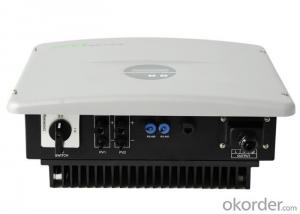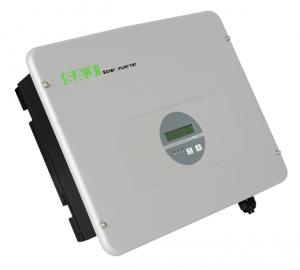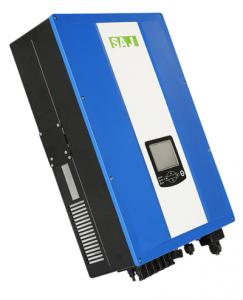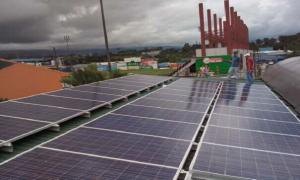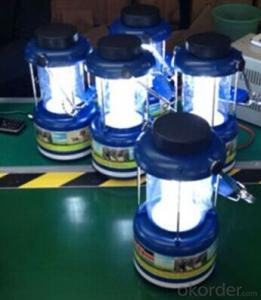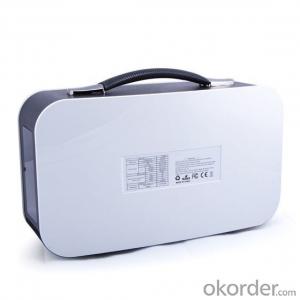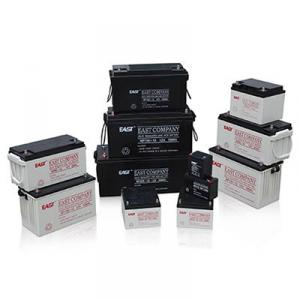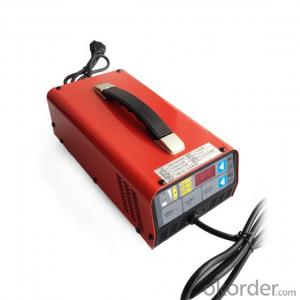Lento Solar Inverter
Lento Solar Inverter Related Searches
Renovo Solar Inverter Solar Light Inverter Temco Solar Inverter Lumos Solar Inverter Smart Solar Inverter Solar Smart Inverter Inverter Solar Sun Solar Inverter Solar Solar Inverter Solar Energy Inverter Smart Inverter Solar Solar Electric Inverter Smart Solar Power Inverter Solar Plant Inverter Inverter Solar Panel Solar 220v Inverter Jinko Solar Inverter Solar Battery Inverter Solar Converter Inverter Inverter Solar Panels Suntech Solar Inverter Buy Solar Inverter Solar Rooftop Inverter Inverter Solar Cell Solar Inverter Italy Lg Solar Inverter Invt Solar Inverter Inverter Solar Battery Inverter For Solar Solar To InverterLento Solar Inverter Supplier & Manufacturer from China
Lento Solar Inverter is a range of high-quality solar power conversion devices designed to optimize energy generation and storage from solar panels. These inverters are engineered to deliver reliable and efficient performance, making them an essential component in various solar energy systems. The Lento Solar Inverter is widely used in residential, commercial, and industrial settings, where it plays a crucial role in harnessing the power of the sun and converting it into usable electricity. This product is particularly beneficial in areas with high solar irradiance, as it maximizes energy capture and ensures a steady power supply.Okorder.com is a leading wholesale supplier of Lento Solar Inverter, offering a vast inventory of these cutting-edge devices to cater to the growing demand for renewable energy solutions. As a reputable online platform, Okorder.com ensures that customers have access to a comprehensive selection of Lento Solar Inverter products, all of which are backed by their commitment to quality and customer satisfaction. By partnering with Okorder.com, businesses and individuals can secure the Lento Solar Inverter they need to power their solar energy projects, confident in the knowledge that they are receiving a top-tier product at a competitive price.
Hot Products








